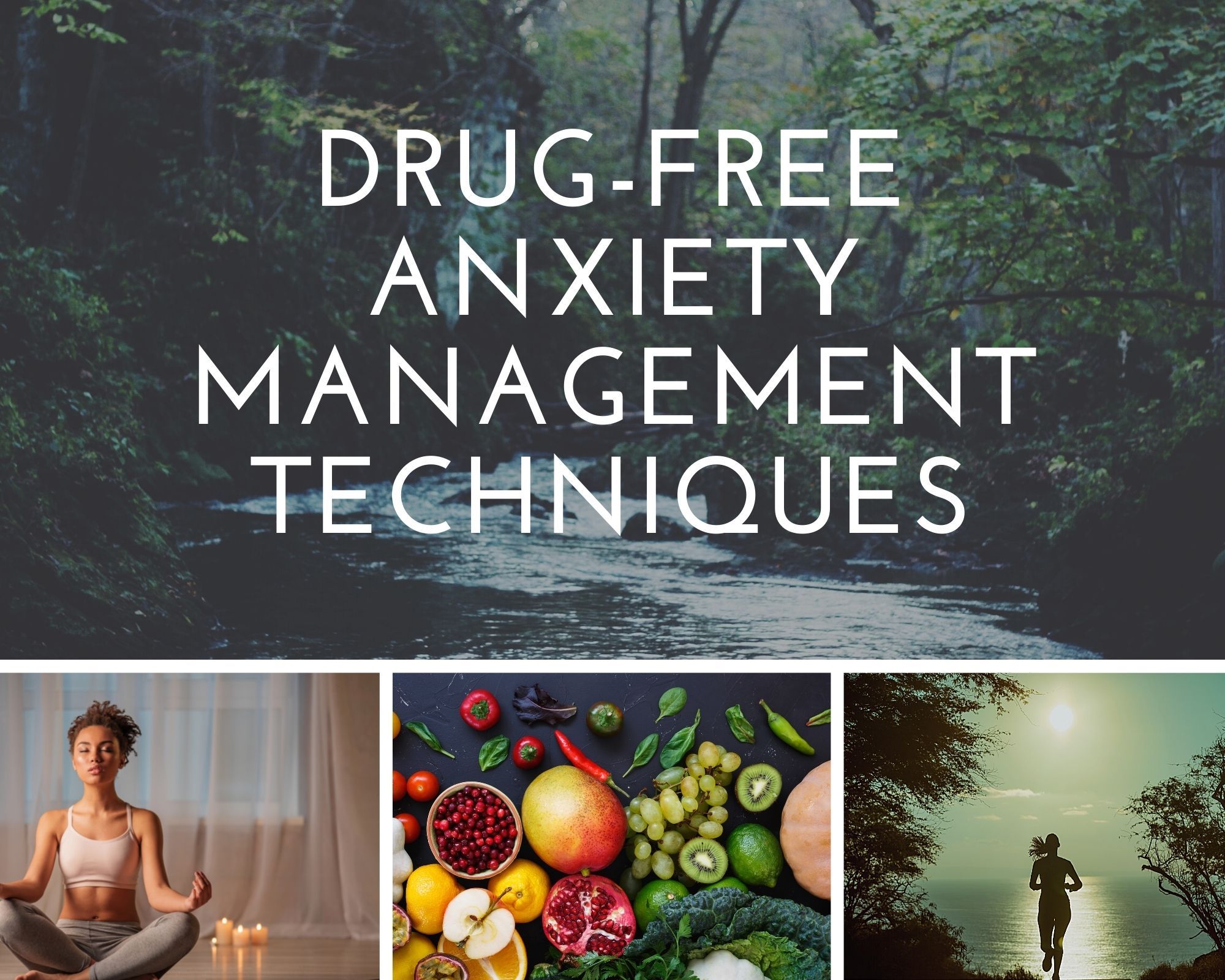Anxiety is a common mental health condition that affects millions of people worldwide. It can manifest in various ways, such as excessive worry, irrational fear, panic attacks, or intrusive thoughts. While anxiety can be debilitating, there are several techniques that can help manage and reduce its symptoms. If you’re struggling with anxiety, try incorporating these techniques into your daily routine for a calmer and more balanced life.
Deep Breathing Exercises
Deep breathing exercises are a simple yet effective way to reduce anxiety symptoms. By focusing on your breath and taking slow, deep inhales and exhales, you can activate your body’s relaxation response. This technique can help decrease your heart rate and blood pressure, promoting a sense of calmness and well-being.
To practice deep breathing, find a quiet and comfortable space. Sit or lie down in a relaxed position and close your eyes. Take a slow, deep breath in through your nose, feeling your abdomen expand. Hold your breath for a few seconds, and then exhale slowly through your mouth, emptying your lungs fully. Repeat this cycle for several minutes, focusing on the sensation of your breath filling and leaving your body.
Progressive Muscle Relaxation
Progressive muscle relaxation is a technique that involves tensing and relaxing different muscle groups to release physical tension associated with anxiety. By systematically tensing and then releasing each muscle group, you can promote a state of deep relaxation and relieve anxiety symptoms.
To practice progressive muscle relaxation, start by finding a quiet and comfortable space. Begin with your toes, curling them tightly for a few seconds, and then releasing the tension completely. Move up to your calves, thighs, abdomen, chest, arms, and finally, your face. Tense each muscle group for about 5-10 seconds and then release. As you relax each muscle, focus on the sensation of tension leaving your body.
Mindfulness Meditation
Mindfulness meditation is a powerful technique that involves focusing your attention on the present moment without judgment. It can help reduce anxiety by increasing self-awareness and promoting acceptance of your thoughts and emotions. Regular mindfulness practice can also enhance your ability to let go of worries and live in the present moment.
To practice mindfulness meditation, find a quiet and comfortable space. Sit in a relaxed position and close your eyes. Focus on your breath as you inhale and exhale naturally. Notice the sensation of your breath entering and leaving your body. If your mind starts to wander, gently bring your attention back to your breath without judgment. Start with short sessions, gradually increasing the time as you become more comfortable with the practice.
Journaling
Journaling can be a therapeutic tool for managing anxiety. Writing down your thoughts and emotions can help you gain clarity and perspective on your worries. It can also serve as an outlet for expressing your feelings and concerns, providing a sense of relief and release.
Try setting aside a few minutes each day to write in a journal. Begin by jotting down any thoughts or concerns that come to mind, without judgment or editing. You can also explore your emotions and reflect on any anxiety-inducing situations you encountered that day. Consider ending your journaling session with a positive affirmation or a list of things you are grateful for.
Exercise Regularly
Regular exercise is not only beneficial for your physical health but also plays a significant role in managing anxiety. Engaging in physical activity releases endorphins, chemicals in the brain that act as natural mood boosters. Exercise can also serve as a distraction from anxious thoughts and provide an outlet for pent-up energy and tension.
Choose an exercise that you enjoy, whether it’s walking, jogging, dancing, cycling, or swimming. Aim for at least 30 minutes of moderate-intensity exercise most days of the week. If you’re new to exercise, start slowly and gradually increase the intensity and duration of your workouts.
Seek Support
If you’re struggling with anxiety, remember that you don’t have to face it alone. Reach out to friends, family, or a support group for understanding and encouragement. Consider speaking to a mental health professional who can provide guidance and develop a personalized treatment plan tailored to your needs.
Anxiety is a manageable condition, and with the right techniques and support, you can regain control over your mental well-being. Incorporate these anxiety management techniques into your daily routine and give yourself the gift of peace and calmness.

